National Public Lands Day: What do you know about YOUR public lands?
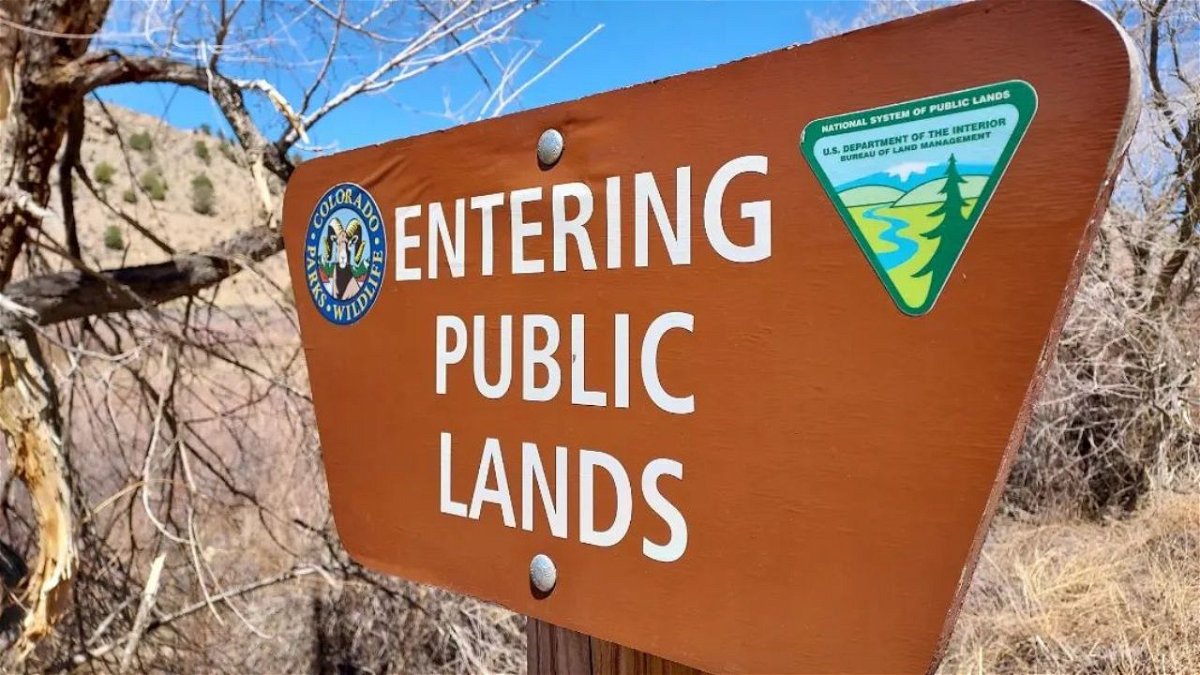
COLORADO (KRDO)-- It was American novelist and environmentalist, Wallace Stegner who said, "National parks are the best idea we ever had. Absolutely American, absolutely democratic, they reflect us at our best rather than our worst."
While national parks are a gem in this country, I would offer a slight revision to Mr. Stegner's quote.
I would posit that not just national parks, but public land is the greatest idea we ever had. A complete opposite view of land ownership than where we came from in England, public land is, I believe, one of the truly greatest things about our great nation.
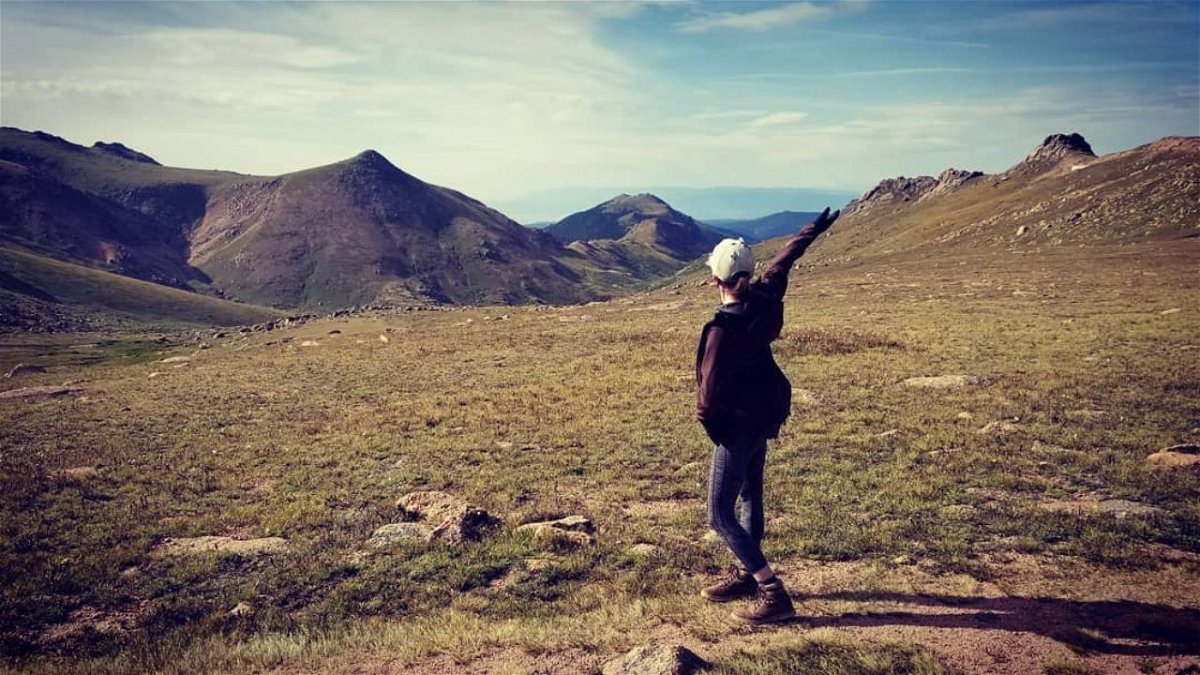
While we have many people to thank for the public lands in the United States, there are a few names that stand above the rest. Certain individuals have had an outsized impact on establishing public lands, whether that be President Theodore Roosevelt and his Midnight Forests, John Muir and his push to establish the National Park Service, "The Father of American Forestry," Gifford Pinchot, or Aldo Leopold and his land ethic based on the notion "that the individual is a member of a community of interdependent parts. The land ethic simply enlarges the boundaries of the community to include soil, waters, plants and animals, or collectively the land.”
All of these men played a large part in establishing the public lands and outdoor recreation we as Americans enjoy today. Roosevelt is likely the most well-known, due to his presidency and the fact that during said presidency, he helped to establish 230 million acres of public land.
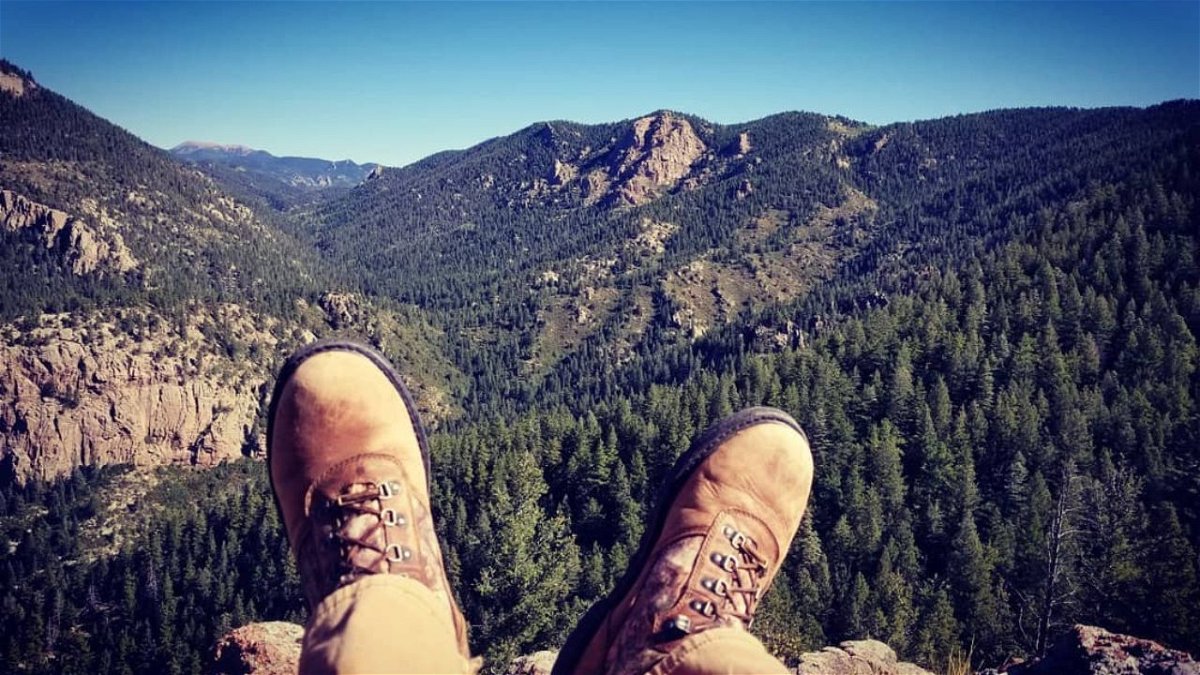
Approximately 40 percent of the U.S's 2.27 billion acres of land is public land. This means there are 828 million acres of public land in the country. Of that, the federal government owns and manages about 640 million acres or 40 percent. The rest is made up of state and local parcels of public land.
At the federal level, the different designations of public lands are National Forest, National Grasslands, Bureau of Land Management Land (BLM), National Parks, National Monuments, and National Historic Sites. The latter three are all managed by the National Parks Service. National Forests and National Grasslands are managed by the United States Forest Service (USFS), and BLM land is managed by the Bureau of Land Management.
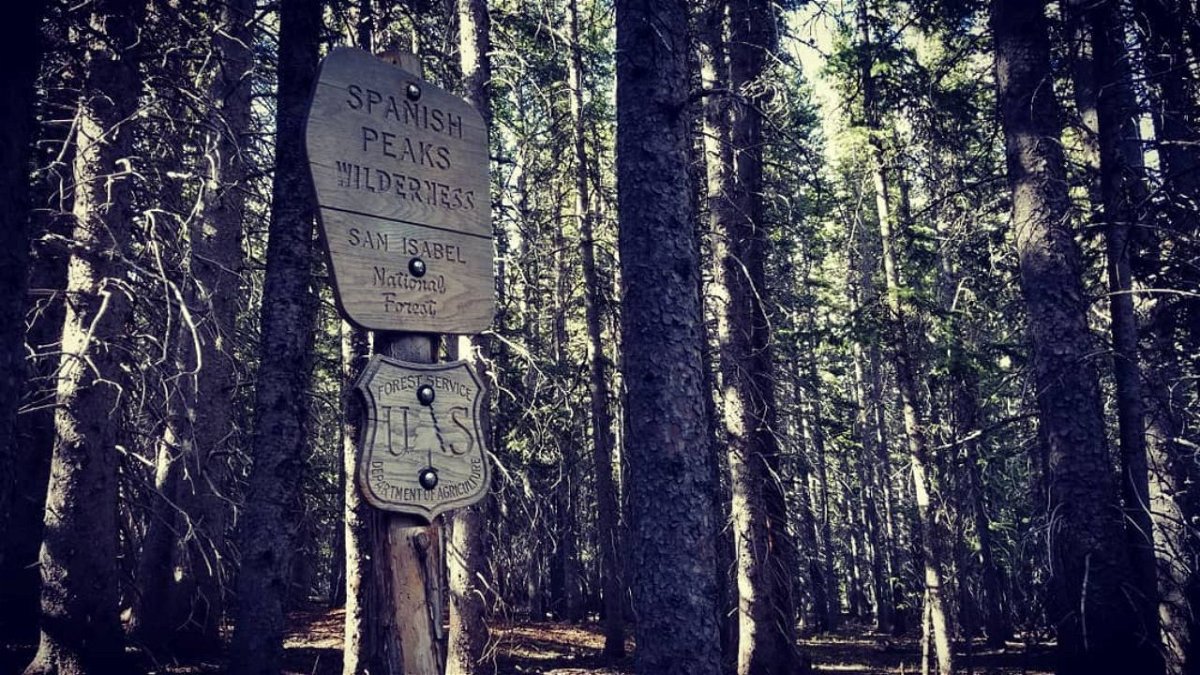
Inside the boundaries of National Forests are also Wilderness Areas. These are areas where the law mandates above all else that wildness be retained for our current generation and those who will follow. Wilderness Areas remain totally wild and are only accessible by your two feet or on the back of an animal. No engines and no wheels. This means things like chainsaws are not allowed, nor are bicycles or anything with wheels.
“If future generations are to remember us with gratitude rather than contempt, we must leave them a glimpse of the world as it was in the beginning, not just after we got through with it," President Lyndon B. Johnson upon his signing of The Wilderness Act, September 3rd, 1964.
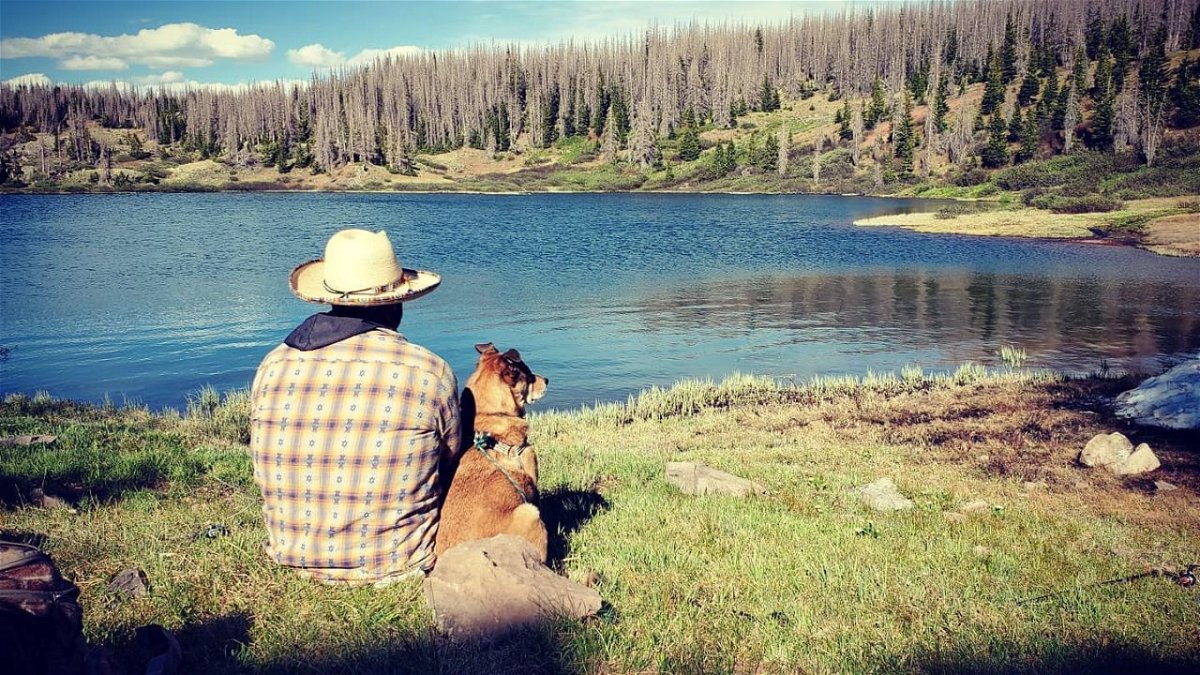
At the state level, different states use different terms to describe their public lands, but in Colorado, they are State Parks, State Wildlife Areas, and State Trust Lands.
Let's take a closer look at public land in Colorado and what the Centennial State has to offer.
The State of Colorado is 43 percent public land, which ranks at number 10 in the U.S. The top three states in terms of percentage of public land are Alaska - 95.8 percent, Nevada - 87.8 percent, and Utah - 75.2 percent.
At 43 percent, that means Colorado boasts 23 million acres of public land.
Colorado is home to 11 different National Forests that total approximately 13 million acres. They make up the largest percentage of public land in Colorado. Recreation activities can vary widely from forest to forest and more specifically, in various regions and areas of the National Forests. Colorado's National Forests are White River National Forest, San Juan National Forest, Rio Grande Forest, Gunnison National Forest, Routt National Forest, San Isabel National Forest, Pike National Forest, Uncompaghre National Forest, Roosevelt National Forest, Arapaho National Forest, and Grand Mesa National Forest.
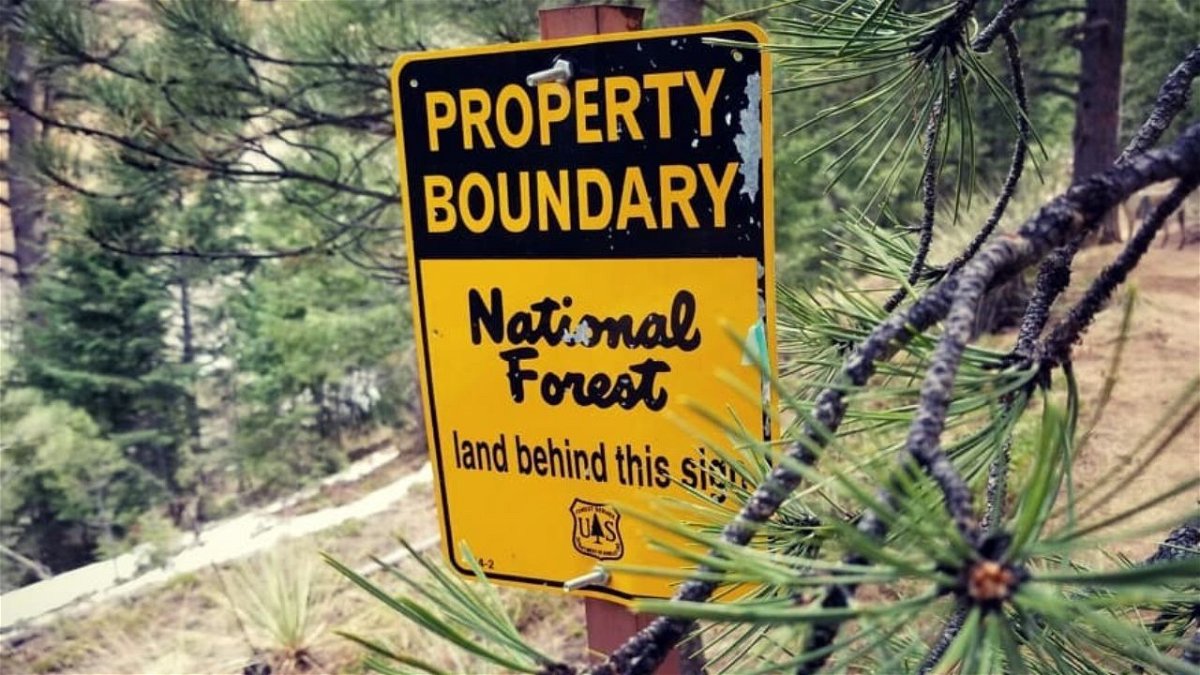
Colorado is also home to two different Nationa Grassland areas. The Pawnee National Grassland covers a large swath of the northeast corner of the state and the Comanche National Grassland covers many areas of the southeast corner of the state. When visiting grasslands, it is advised to have a good map on hand as grasslands are often interspersed with parcels of private land. Like National Forests, recreation opportunities on National Grasslands can vary widely depending on the area. A lot of recreation on National Grasslands involves hunting species such as pronghorn and upland birds that call the wide-open prairies home.
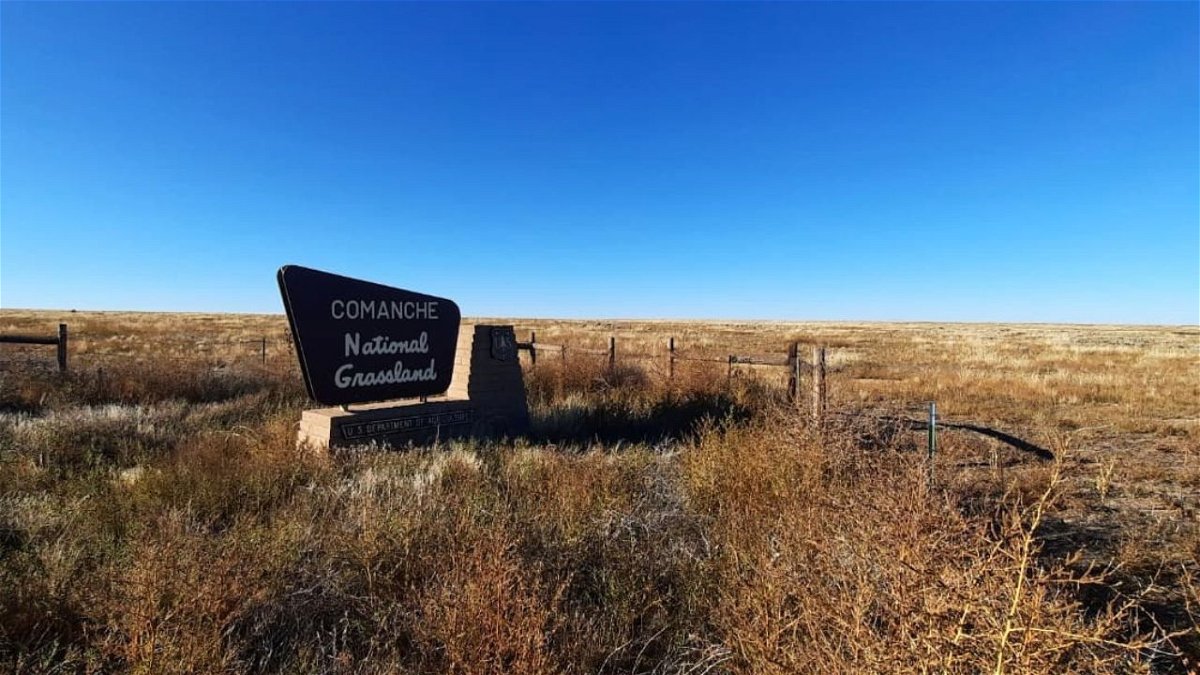
National Monuments and National Historic Sites
There are eight National Monuments and National Historic Sites in Colorado. Both types of public land are nationally significant areas, land, or waters set aside for permanent protection. The primary difference between the two is how they are established. Only U.S. presidents can create National Monuments by using the authority granted to them by Congress in the Antiquities Act of 1906. National Historic Sites are officially recognized areas of national historic significance to the U.S. A National Historic Site typically contains a single historical feature directly associated with its subject. A number of National Historic Sites are actually privately owned, but most are public. Recreation opportunities can be different at each site or monument. Colorado's National Monuments include the Colorado National Monument, Dinosaur National Monument, the Florissant Fossil Beds National Monument, Hovenweep National Monument, and the Yucca House National Monument. Colorado National Historic Sites include the Amache National Historic Site, Bent's Old Fort National Historic Site, and the Sand Creek Massacre National Historic Site.
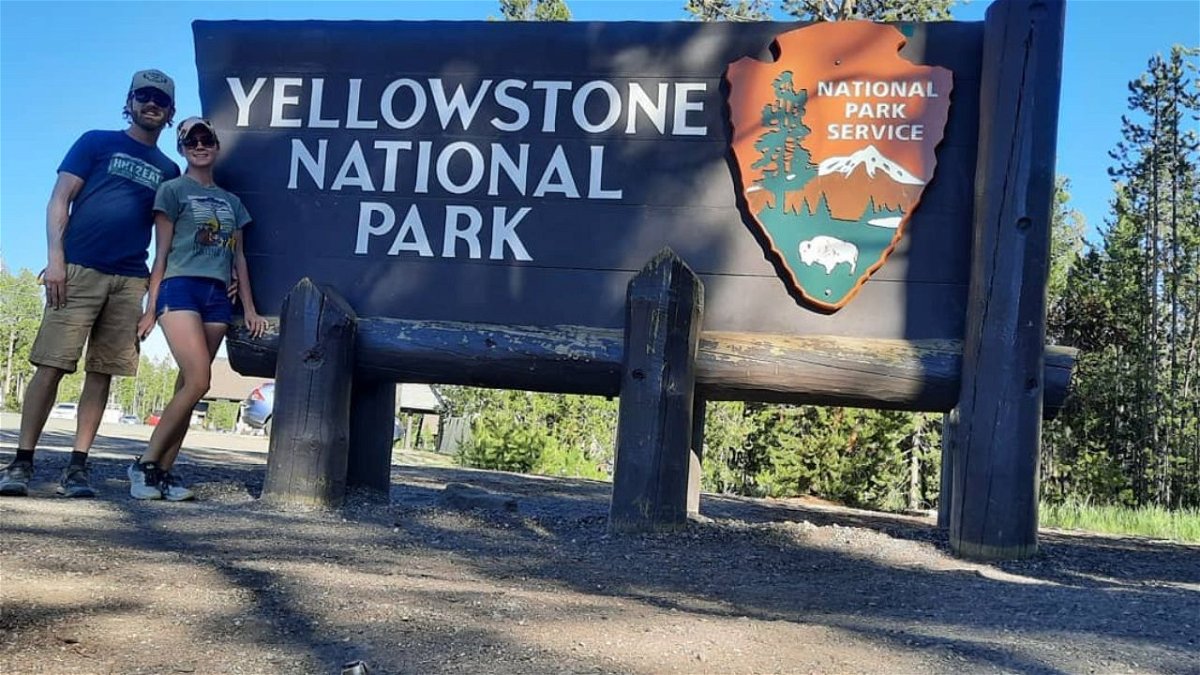
Colorado is home to four National Parks. Recreation opportunities can vary in National Parks but most activities are available in them. Hunting is not allowed in National Parks. The most famous of the country's National Parks is Yellowstone National Park, located in Wyoming, Montana, and Idaho. The Centennial State's most well-known is Rocky Mountain National Park. Along with Rocky Mountain, Colorado is also home to Black Canyon of the Gunnison National Park, Great Sand Dunes National Park, and Mesa Verde National Park.
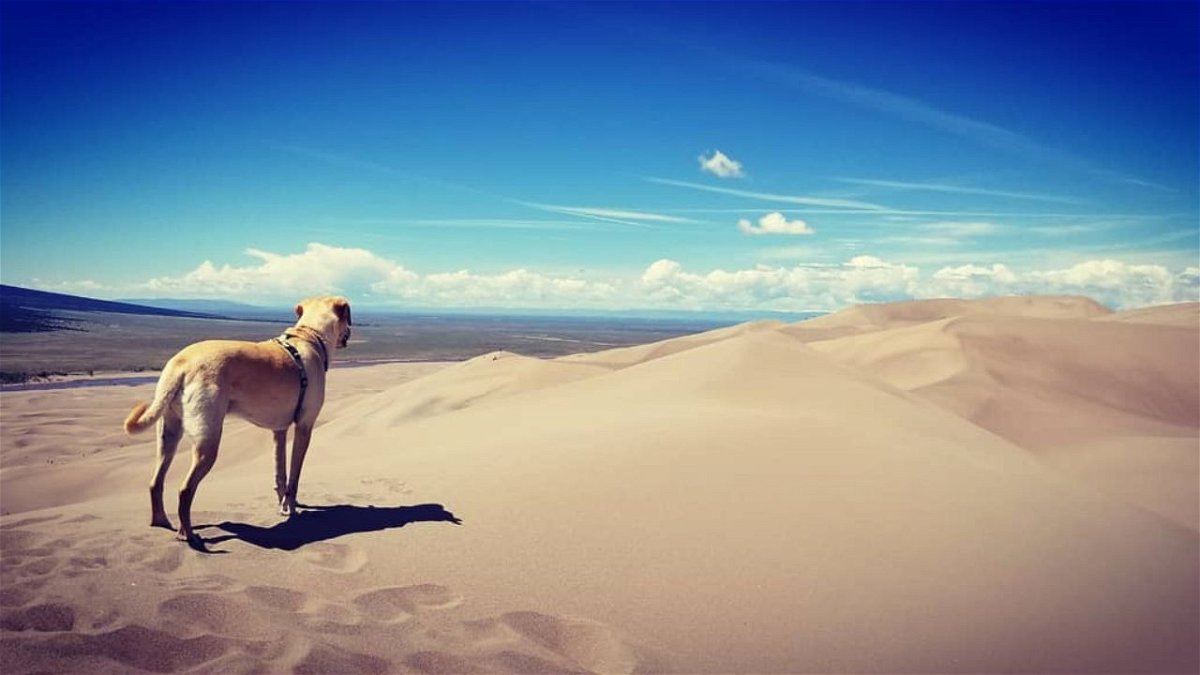
There are 8.3 million acres of Bureau of Land Management land in Colorado. BLM last was first used in the history of our country to encourage homesteading and western migration. These lands are often some of the most hard-scrabble areas of land in the western U.S., but also cover a variety of habitats. BLM lands are open to multiple uses and recreation opportunities. These uses can range from resource extraction to hunting, hiking, and off-roading. There aren't many things that you can't do on BLM land.
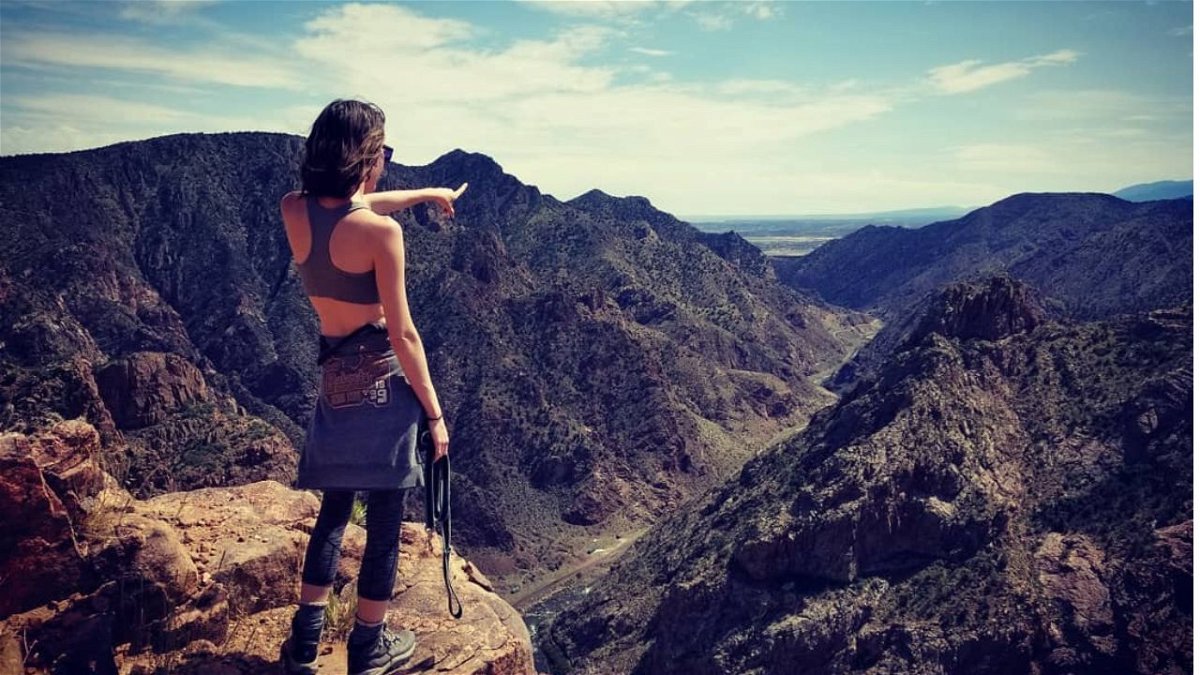
Colorado is home to 42 State Parks. Fishers Peak State Park is the newest, being recently added in 2020. Colorado's State Parks span the state from John Martin Reservoir State Park in the southeast corner of the state to Elkhead Reservoir State Park in the northwest corner. The types of land use available at State Parks vary widely depending on the dominant habit of the area. Some State Parks consist entirely of a lake, while others have no water at all and are made up entirely of a narrow canyon. Recreation opportunities also vary widely at State Parks depending on the rules for each specific park.
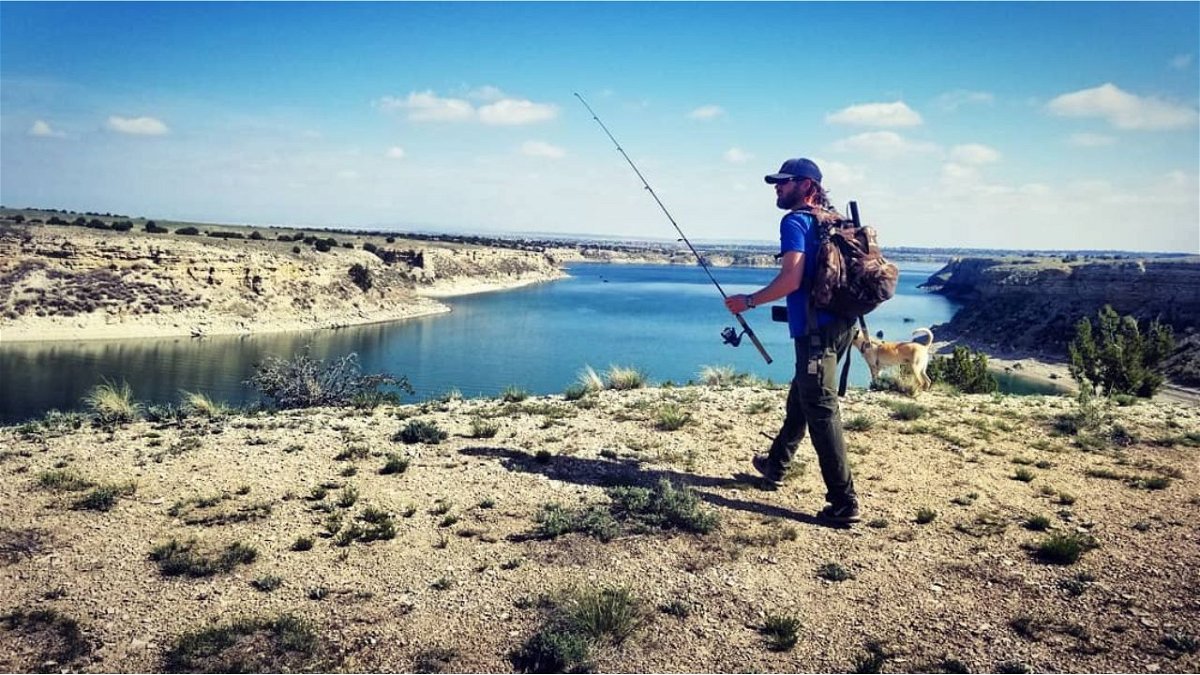
Colorado State Wildlife Areas are state or privately owned lands that offer state-manged, wildlife-related recreation to the public. Most activities focus on hunting or fishing, but each State Wildlife Area allows for specific activities based on location and available resources. These parcels of land are paid for by sportspersons and are managed by Colorado Parks and Wildlife (CPW) for the benefit of wildlife. CPW manages about 350 SWAs around the state. In 2020, the Colorado Parks and Wildlife Commission adopted a rule change that requires everyone 16 years and older to possess a valid hunting or fishing license or Colorado State Wildlife Area Pass to be on any part of an SWA. In 2022, several SWAs were given an exemption from this rule.
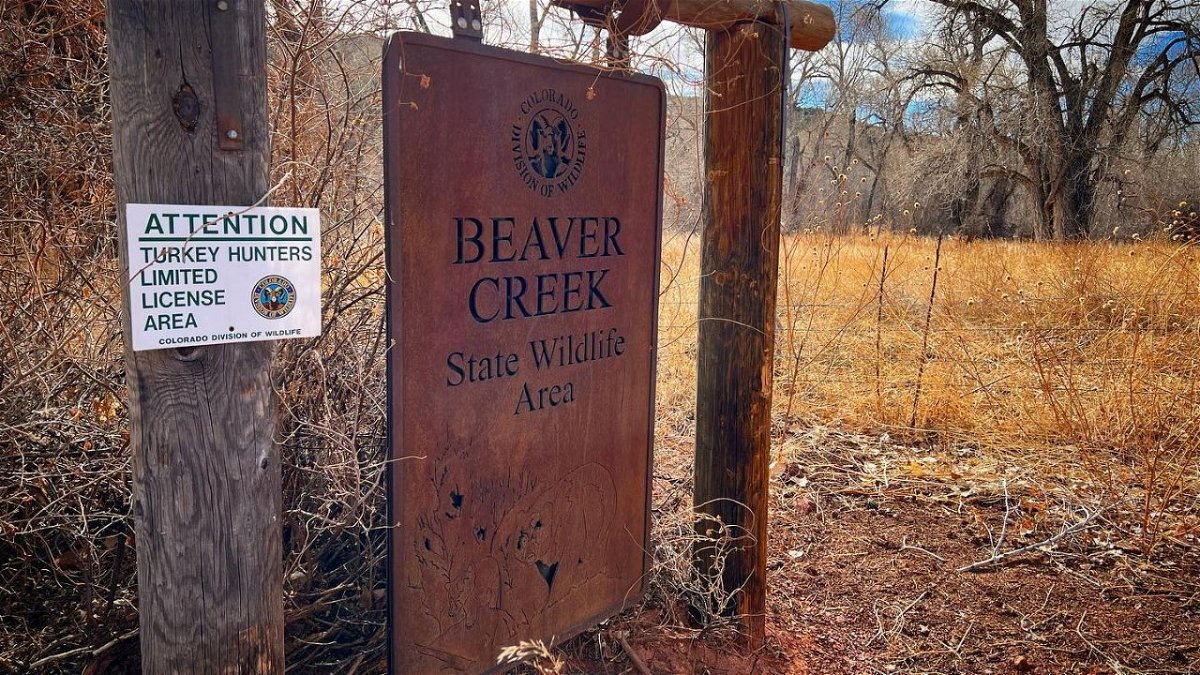
Colorado State Trust Lands are lands that are leased to CPW for the public to use for wildlife-related activities, namely hunting and fishing. A small number of STLs are also authorized for wildlife viewing. Signs located at the entrance of each property will inform visitors of what activities are allowed. Target practice, outfitting, and non-wildlife-related use are prohibited on STLs. Most STLs are open Sept. 1 through the end of Feb., unless otherwise noted. They are closed to public access at all other times of the year. Everyone 16 years or older must have a valid hunting or fishing license to be on any part of an STL.
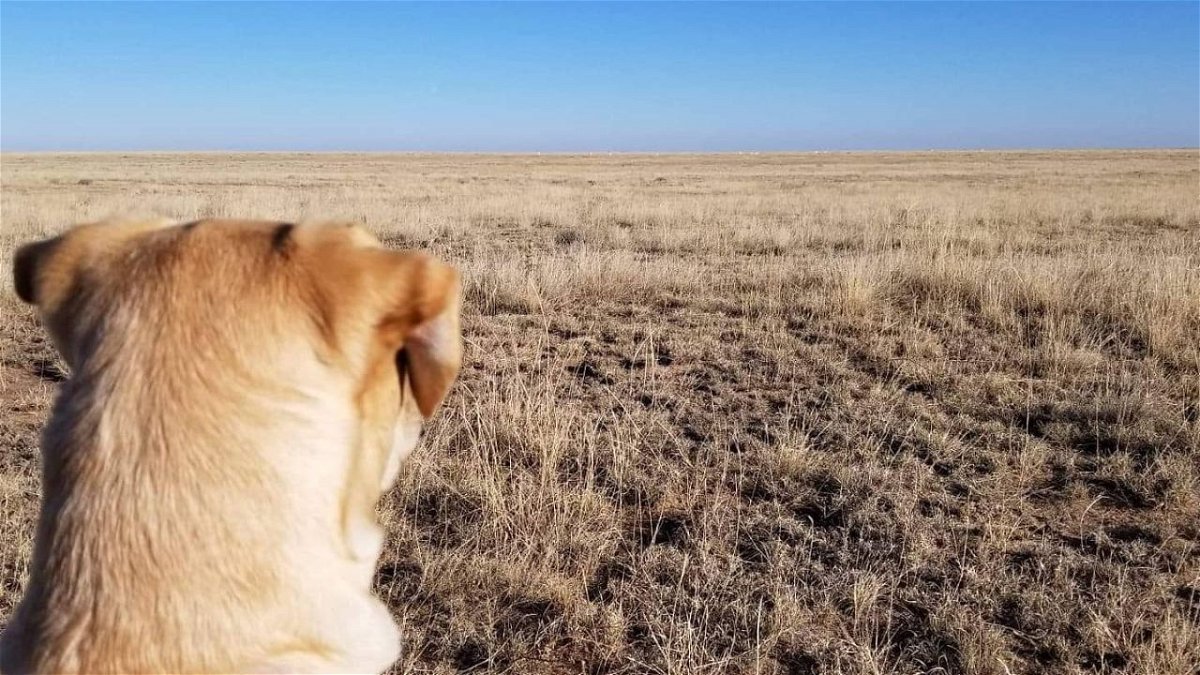
(Note: Admission to all federally managed public lands, including National Parks, is free on National Public Lands Day, Saturday, Sept. 24.)
